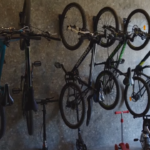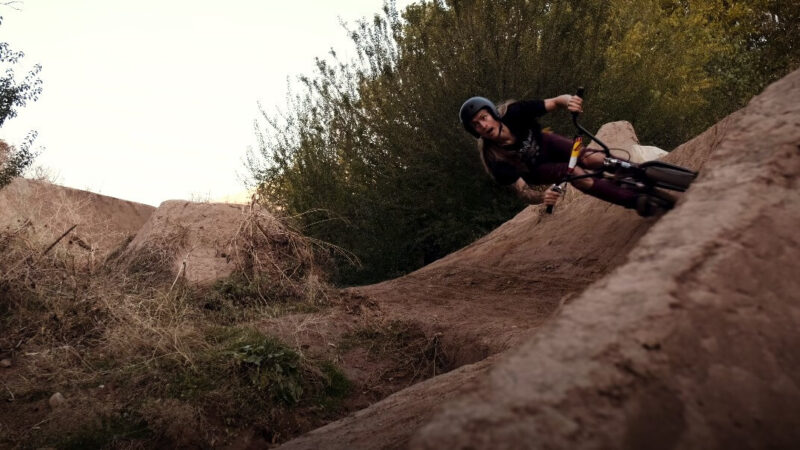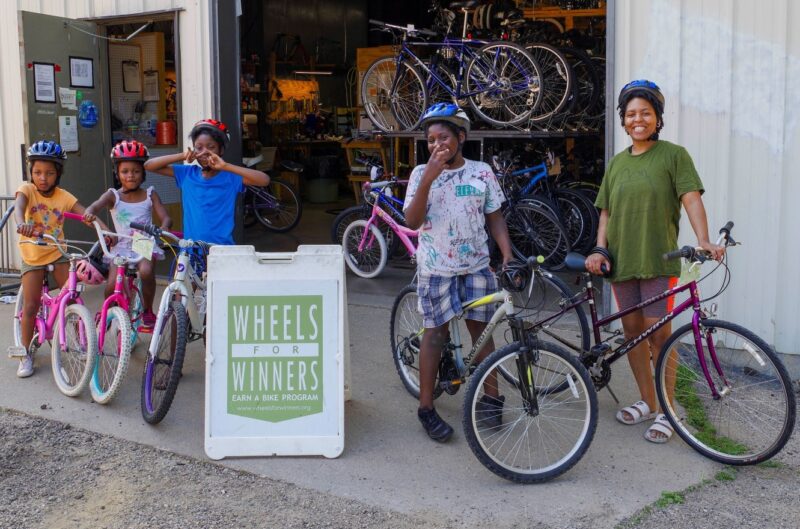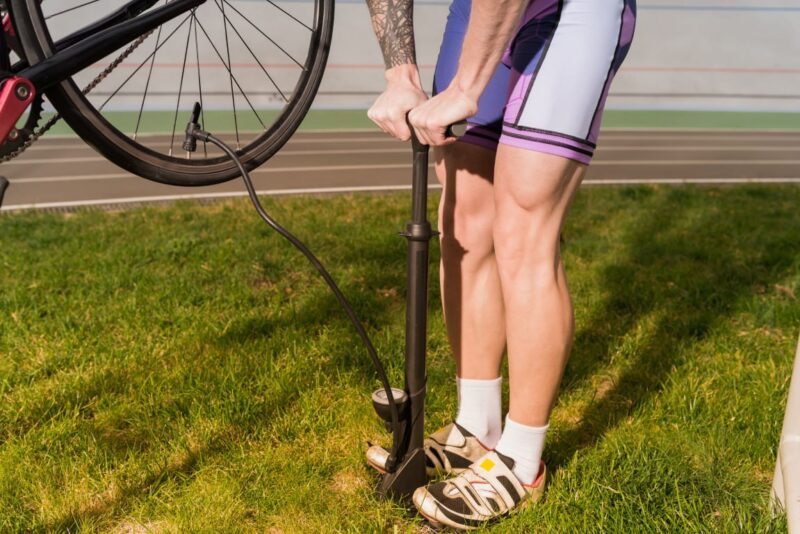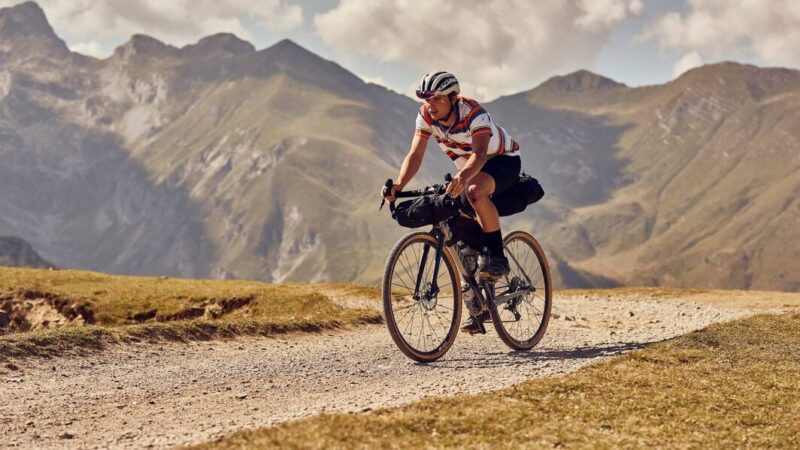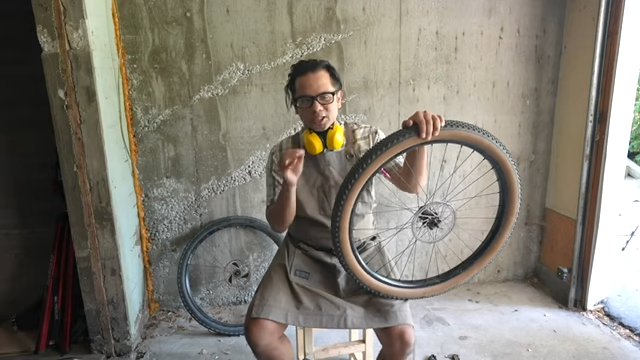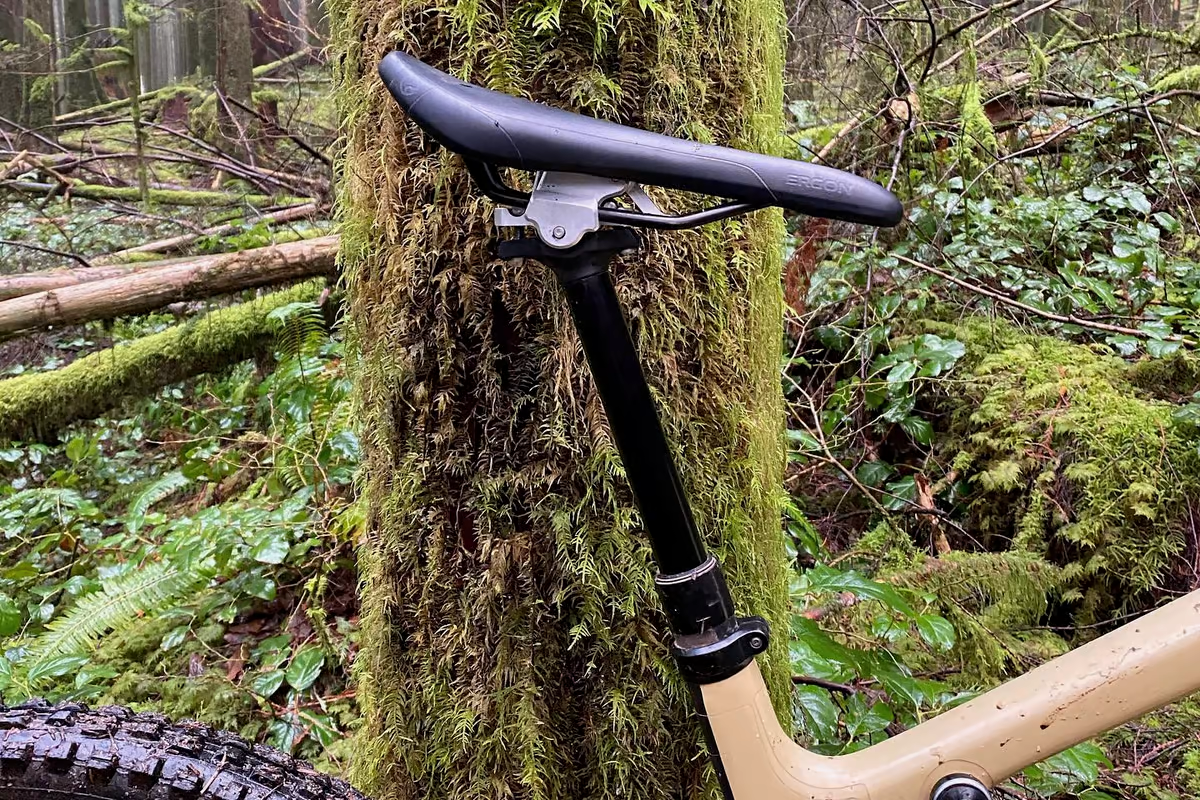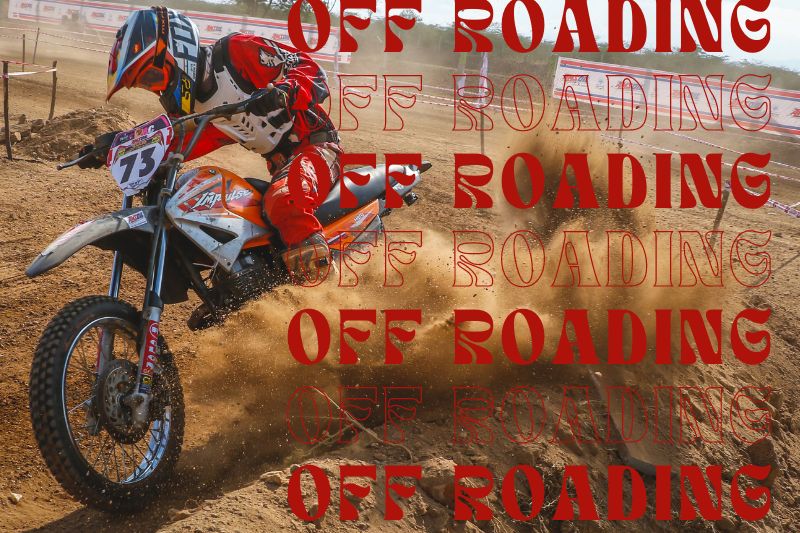
Yes, BMX bikes can go off-roading or on trails, but with some caveats. Here are ten detailed reasons why and how BMX bikes can handle off-road or trail conditions, along with their limitations and considerations:
Sturdy Frame Construction
BMX bikes are renowned for their robust frame construction, typically made from chromoly steel or aluminum. These materials provide high strength-to-weight ratios, ensuring the bike can withstand significant impacts and rough handling.
- Chromoly Steel: Offers excellent durability and flexibility, absorbing shocks better.
- Aluminum: Lighter than steel, providing easier handling but potentially less shock absorption.
Compact and Lightweight Design

The compact and lightweight nature of BMX bikes, often weighing between 20 to 30 pounds, makes them highly maneuverable. This feature is particularly useful when navigating tight trails or performing tricks.
- Weight: Lighter bikes are easier to lift and carry over obstacles or rough patches.
Single-Speed Simplicity
BMX bikes usually have a single-speed drivetrain, which means fewer components that can break or require maintenance. This simplicity is advantageous in off-road conditions, reducing the likelihood of mechanical issues.
- Maintenance: Less maintenance required compared to multi-gear systems, making them ideal for rough, debris-laden trails.
Knobby Tires

The knobby tires on BMX bikes provide good traction on loose or uneven surfaces, enhancing control and stability.
- Tread Pattern: Aggressive tread patterns offer better grip on dirt and gravel.
- Tire Pressure: Lower tire pressure can increase traction and comfort on rough terrain.
Reinforced Wheels
BMX wheels are built to endure hard landings and impacts, making them sturdy enough for off-road use. However, their smaller diameter (20 inches) can be a limitation.
- Double-Walled Rims: Often used for added strength and durability.
- Spoke Count: Higher spoke count increases wheel strength and resilience.
Limited Suspension
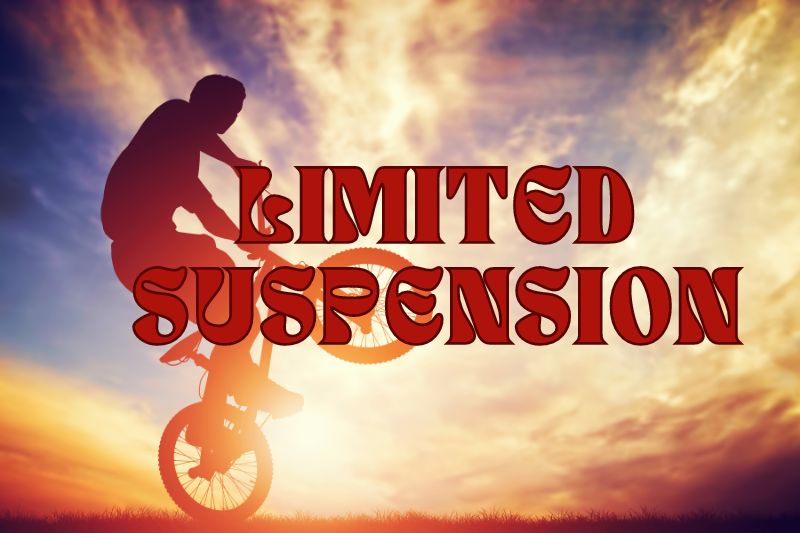
Most BMX bikes do not have suspension systems, relying instead on the rider’s ability to absorb shocks with their body. This lack of suspension can result in a rougher ride on uneven trails.
- Rider Skill: Riders need to use their legs and arms to absorb impacts.
- Trail Type: Better suited for smoother trails or those with smaller obstacles.
High Maneuverability
The short wheelbase and responsive handling of BMX bikes allow for quick and precise movements, essential for navigating technical trails.
- Turning Radius: Smaller turning radius helps in tight spots.
- Agility: Quick handling is ideal for avoiding obstacles and making sharp turns.
Adaptability for Tricks and Jumps
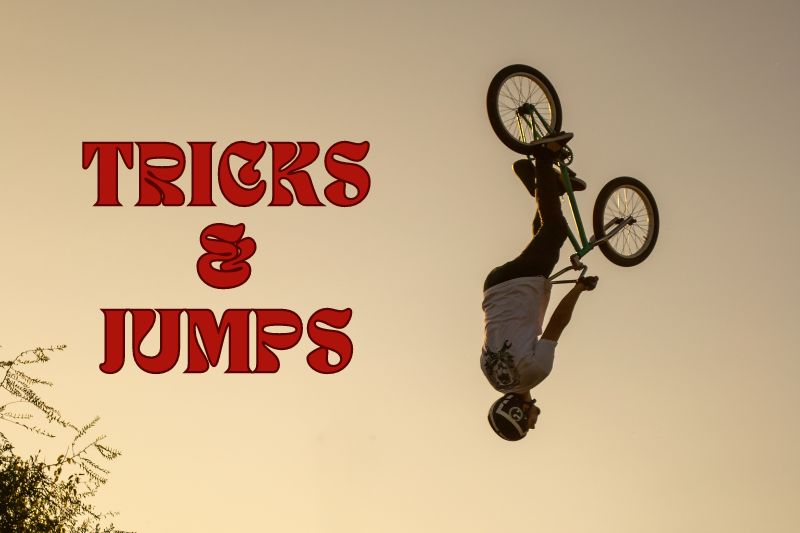
BMX bikes are designed for high-impact activities like tricks and jumps, making them suitable for trail features like jumps and drops.
- Jumping: The bike’s design supports aerial maneuvers and landing impacts.
- Stunts: Ideal for trails with man-made features or natural jumps.
Limited Range and Comfort
BMX bikes are designed for short, intense riding sessions rather than long-distance rides. The upright, compact riding position can become uncomfortable over extended periods.
- Ergonomics: Lack of ergonomic features such as padded seats or handlebar grips.
- Fatigue: Riders may experience increased fatigue on longer rides.
Customization Potential

BMX bikes can be modified to better suit off-road conditions. This includes changing the tires, adding gear systems, or adjusting the handlebars for a more comfortable ride.
- Tire Upgrade: Swapping to more aggressive off-road tires can improve traction.
- Gear System: Adding a multi-gear system can help tackle varied terrain.
Related Posts:
- Are BMX Bikes Good For Trails? Benefits, Pros, Cons & Tips
- Are Recumbent Bikes Faster Than Upright Road Bikes?
- 5 Charitable Organizations to Donate Your Unused Bikes
- How Can I Prevent My Bike Chain from Popping?
- Can You Put Pegs On A Mountain Bike? Step By Step Explained
- Can You Put Drop Bars on Any Bike? (Hybrid, Mountain, Etc.)







